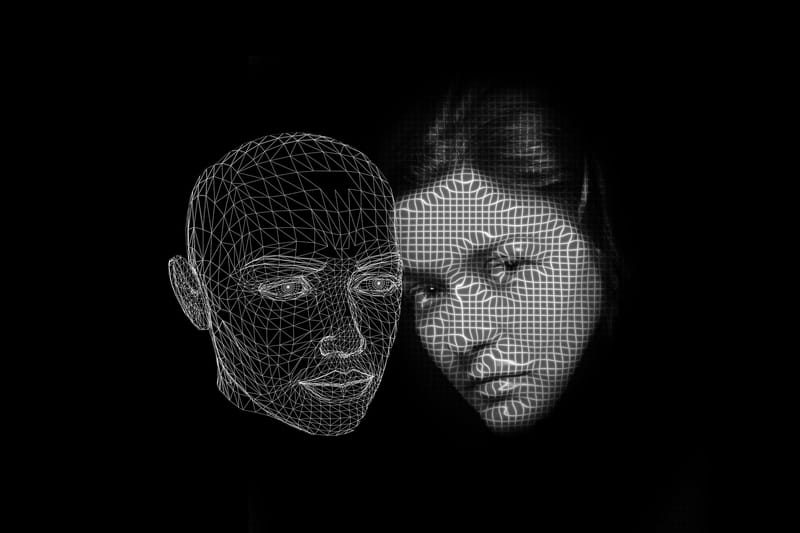
Induction: Guiding the patient into a hypnotic state, which is a trance-like state of focused attention and heightened suggestibility. The induction process typically involves the clinical hypnotist guiding the person through a series of relaxation techniques, such as deep breathing, visualisation, and progressive muscle relaxation. These techniques help to calm the patients' mind and body and create a state of receptiveness to suggestion.
Deepening: The body and mind are becoming more relaxed and detached from their surroundings. Once the hypnotic state has been deepened, the clinical hypnotist can continue with the therapeutic or exploratory aspects of the session, such as helping the patient to overcome a fear, or exploring past experiences to gain insight into current behaviors or emotions.
Suggestions: Is a deep state of hypnosis, the brain is likely experiencing changes in activity and connectivity patterns that are associated with the hypnotic state. During hypnosis, some parts of the brain such as the prefrontal cortex, undergoes a series of changes in electrical activity, particularly in the theta and alpha frequency bands. The suggestions target specific neural pathways or circuits in the brain, helping to reinforce positive thoughts, behaviors, or attitudes.
Awakening: Gradually bring the patient out of the hypnotic state. The patient experiences a range of sensations and feelings, such as a sense of deep relaxation or heightened awareness and will be able to recall the session.


